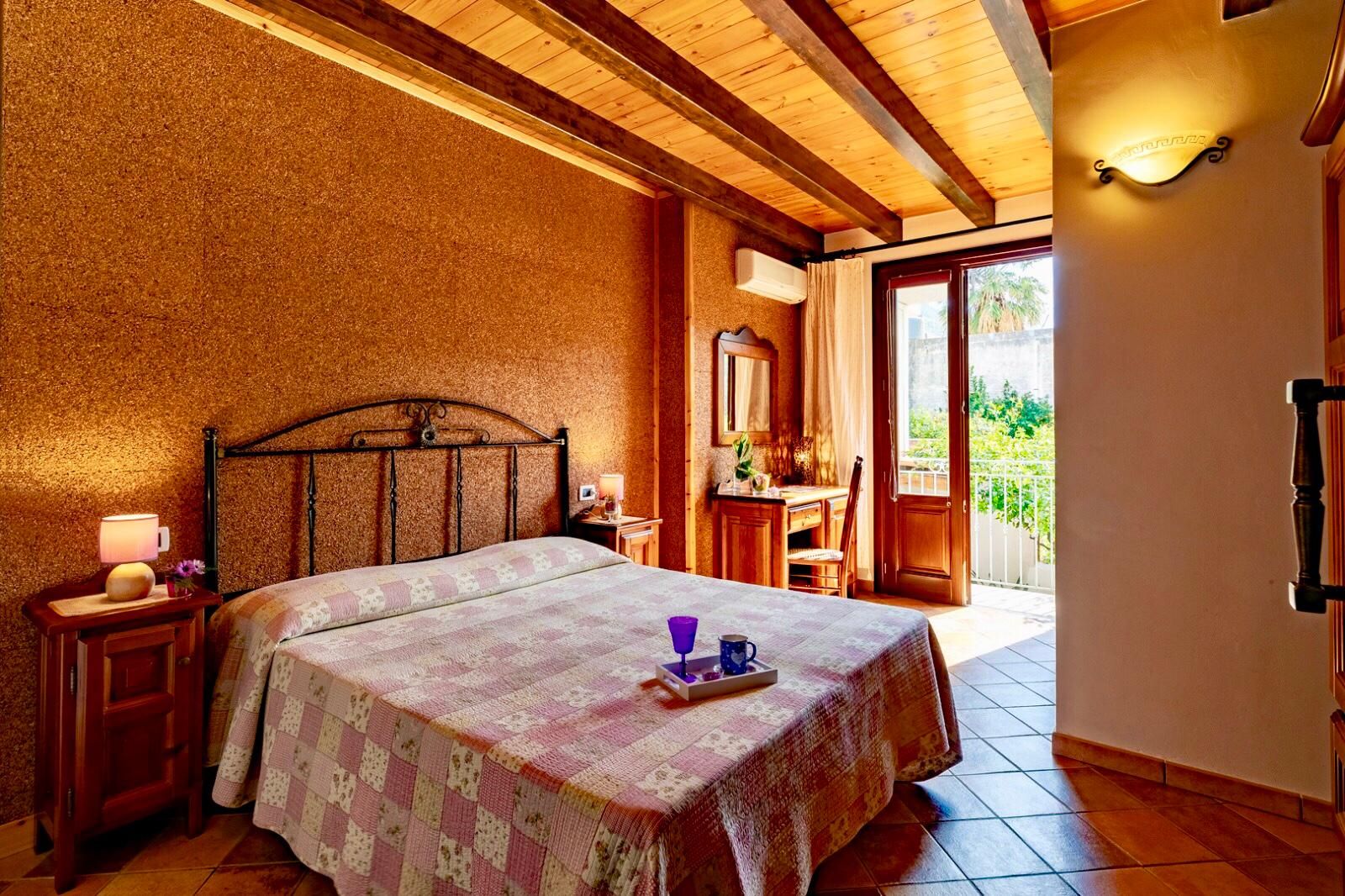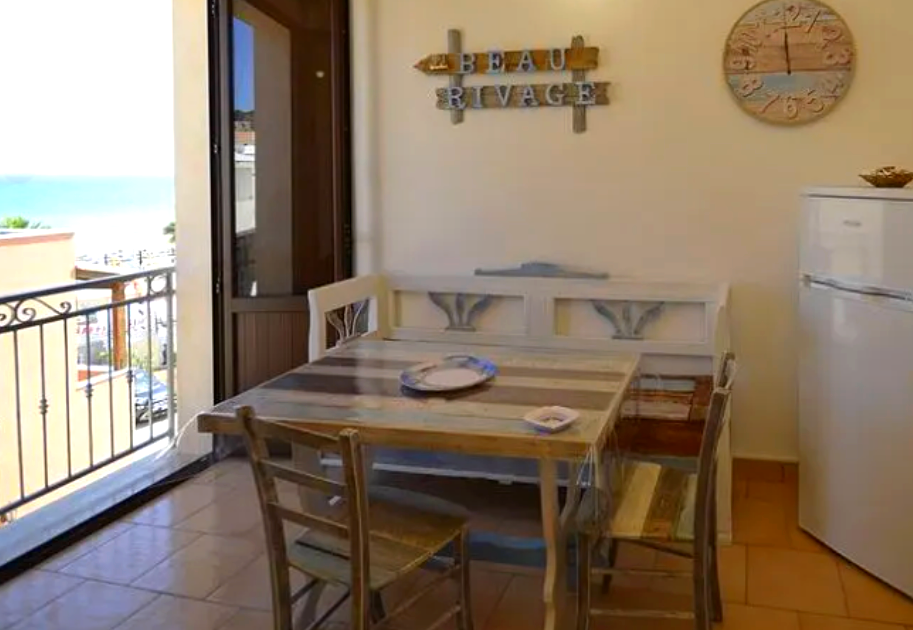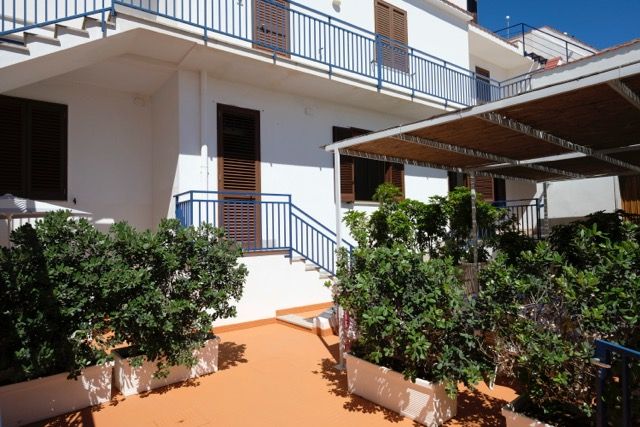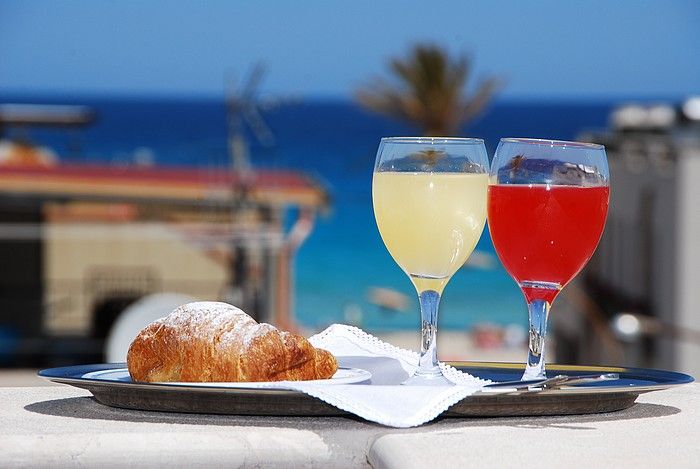Tempo di Caponi, the King's Fish
The cultural and gastronomic event that links the sea to tradition returns to San Vito lo Capo on time. "Tempu ri Capuna" , three days, from 11 to 13 October 2024, dedicated to the Capone fish (Lampuga) which until Christmas will be an economic resource for fishermen and a delicacy for gourmets. San Vito, at the center of the seasonal migration of this fish, honors it with an event that retraces its glories and exalts its qualities...
from "Corallari" by Ninni Ravazza, Magenes editor
Autumn 2001 , no diving today, the coral can wait, the rock I worked on this week has been cleaned and I'm taking a day off, I want to follow my fishermen friends in fishing for dolphin fish ( Coryphaena hippurus ) which here are called caponi and are caught in large quantities in this period. I know how to catch them one at a time with a trolling line, I'm curious to see how they manage to bring hundreds of kilos ashore at a time.
Dawn catches us off Capo San Vito , a blood-red sun casts long shadows on the Oscar that at seven knots races westward on the leaden sea slightly streaked by a breeze from the sirocco and the east. Rosolino is at the helm and does not lose sight of the compass needle that marks 290 degrees; Gaetano and Enzo sleep off their last naps on the warm porthole of the engine, a noisy surrogate for the bed at home. We left the port half an hour ago, all around us the green and red lights of other fishing boats fade as the day progresses.
.JPG)
It's a Saturday in late October, we are in the middle of the caponi fishing, we are sailing towards the west where the cannizzi cast a month before are waiting for the schools of those silver and gold fish that stop under anything that casts shade. We still have sixteen miles to go before meeting the treacherous floats, Rosolino standing next to the helm stares at the horizon and doesn't speak, there is time to half-close our eyes and abandon ourselves to dreams ...
… We are off the coast of Thera, in the middle of the Aegean Sea, it is 1800 BC: on boats with high stern and curved bow the men scan the waves looking for something. Suddenly one of them shouts, here are the fish they were chasing, there are many, all hidden under a drifting tree trunk, the sail is lowered and pushed by the oars the boat draws a circle around the school while two fishermen lower a bottomless net, then they pull it on board and a thousand wriggling bodies fall onto the deck that seems to come to life under the blows of their tails. The fishing has been fruitful, they return home. The owner is satisfied, with the fish he will fill the pantry and pay the sailors, the rest he will sell at the market. In homage to the Gods of the sea an unknown painter is called to draw on the walls of the house the boats and the fisherman who holds bunches of silver fish in his two hands: they are dozens of capons …
.JPG)
.JPG)
The island of Thera , an important center of the Minoan civilization, is now called Santorini and is part of the Greek Cyclades archipelago; Akrotiri was the most important city and port on the island, destroyed in 1628 BC by a volcanic eruption. The remains and finds brought to light during archaeological excavations have demonstrated the existence of a cultured and advanced civilization. In the so-called "west room" was found, among other things, the very famous fresco of the "Fisherman" holding the freshly caught dolphinfish. Scholars believe that the legend of Atlantis , the continent swallowed by the sea, was born in Thera.
“Here it is, on the right!”, Gaetano’s shout brings me back to the coast of San Vito. We are 16 miles from land, the sun is high, two hundred meters in front of the bow the first cane of the series is swinging peacefully, the lines lowered to the stern with the red and blue plastic octopuses escort Oscar ’s wake.
We pass by the palm branches held afloat by empty bottles of detergent and distilled water, the plastic thread that holds the trap anchored is lost in the deep blue, twelve hundred meters away, the boat makes a tight turn around the reed , at the stern Gaetano and Enzo with the lines in their hands shake their heads, nothing, they haven't even felt a touch, Rosolino curses and directs the bow towards the other float, eight hundred meters further north.

Oscar has just started to circle the palm trees when Gaetano shouts “Pigghiai!”, the 18-arm long line comes to life, at the end a flash of silver crosses the sea, Enzo immediately pulls in his line and in the meantime Gaetano has moved almost to the bow of the boat pulling the fish towards him which is now struggling not even ten meters from Oscar . Rosolino knows that the entire school is unaware following their captured companion, and orders the purse seine to be lowered ready at the stern, the net flies away quickly dragged by the boat which now at full speed runs along a circumference whose radius is made up of the line with the fish attached, until it picks up from the bow the buoy that signals the start of the net. On the sea as calm as oil the dark red floats draw a perfect circle two hundred meters long, below you can see the walls that descend for about twenty meters, there in the middle there should be the school.
The purse seine is fixed to the bow, and at the stern they begin to haul in the net with the hydraulic winch that does the work of three men, no point in looking at the sea, if there are fish they will only be seen at the last moment; the net rises slowly and is placed on the deck so that it can be lowered again without a hitch; now the circle is very tight, even the bow end is brought to the stern, the large nylon rope that encircles the net from below is passed to the winch and pulled on board, the lower part of the purse seine closes, the fish have no escape. Rosolino looks overboard, two or three flashes in mid-water reassure him, “Ccà sunno …”. The sack is grabbed by hands cracked by the salt and the cold, an effort and off they go, the fish are on board, “There must be six boxes” says the captain. While Oscar runs towards the other cannizzo, Gaetano places the capons in the wooden crates, eight at a time, weighing eight to nine kilos, then puts everything in an old ice cream refrigerator half full of ice.
The fish are all the same, they weigh from 900 grams to one kilo and two hundred, there are no smaller ones, there are no larger ones. Every now and then you catch a huge one, even twenty kilos, but it's just a coincidence. They arrived in droves in the last days of August, when they weighed a couple of hundred grams each, even then all the same, then little by little they grew and the man prepared the shadow traps for them; at the beginning of December they will no longer chase the plastic octopuses, they now weigh almost two kilos, but they will disappear within a week. The following year they will reappear at the rendezvous with the palm trees kept afloat by the plastic bottles, and they will weigh two hundred grams each. Where have the adults gone? Maybe they really do dance in the sea for just one summer ...
.JPG)
One trawler after another, some full of fish, some deserted, a couple of empty hauls (“Coppola!” Rosolino then shouts) because the caponi had time to escape before the purse seine enclosed them, on board there are just twenty-eight boxes of fish, too few because these are mass fish, to make money you have to catch a lot of them.
The sirocco arrives when Oscar is 22 miles from land, better to go back. The high and short waves hit the bow and make navigation difficult, but the boat is solid and the engine a clock, in the stern in the shelter of the cabin Gaetano and Enzo catch up on some of the sleep lost during the night, the captain on the radio speaks with the other fishing boats that are returning to port, then calls his wife and reassures her “I’ll be back on land in three hours” …
When Oscar docks it is almost dark, on the dock other fishermen are railing against the refrigerated truck waiting for the caponi fleet : the offer is thirty-three thousand lire per box, four thousand lire per kilo. “Scandals, we’ll give them away instead!” shout the sailors waving bunches of gold and silver fish in their hands.
The sun sets behind the Piana di San Vito, the smile of the Fisherman of Thera is just a mirage while the tired, salt-encrusted men threaten to throw all the day's fish back into the sea.
.JPG)
Il ciclo vitale dei caponi rimane un mistero: ogni anno alla fine di agosto compaiono al largo delle coste esemplari giovanili in branchi di centinaia di individui che pesano 150/200 grammi l’uno, e la crescita prosegue regolare per tre mesi; a fine settembre peseranno 5/600 grammi, a fine ottobre un chilo, a fine novembre un chilo e mezzo/due. Poi scompariranno per otto mesi, e nel successivo agosto si troveranno branchi di pescetti da 150 grammi. Solo eccezionalmente verranno catturati esemplari che pesano oltre tre chili. Anche i caponi del Pescatore di Thera sono tutti uguali, peseranno un chilo e mezzo al massimo. Che fine fanno gli esemplari adulti che l’anno prima all’inizio di dicembre pesavano due chili?





_7327.jpg)




_8463.jpg)